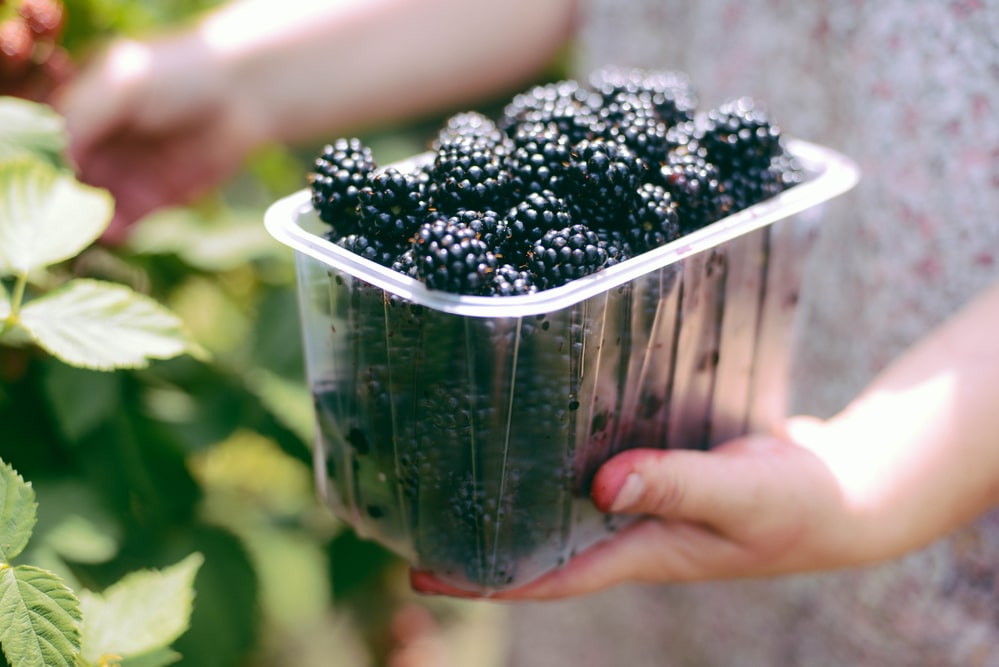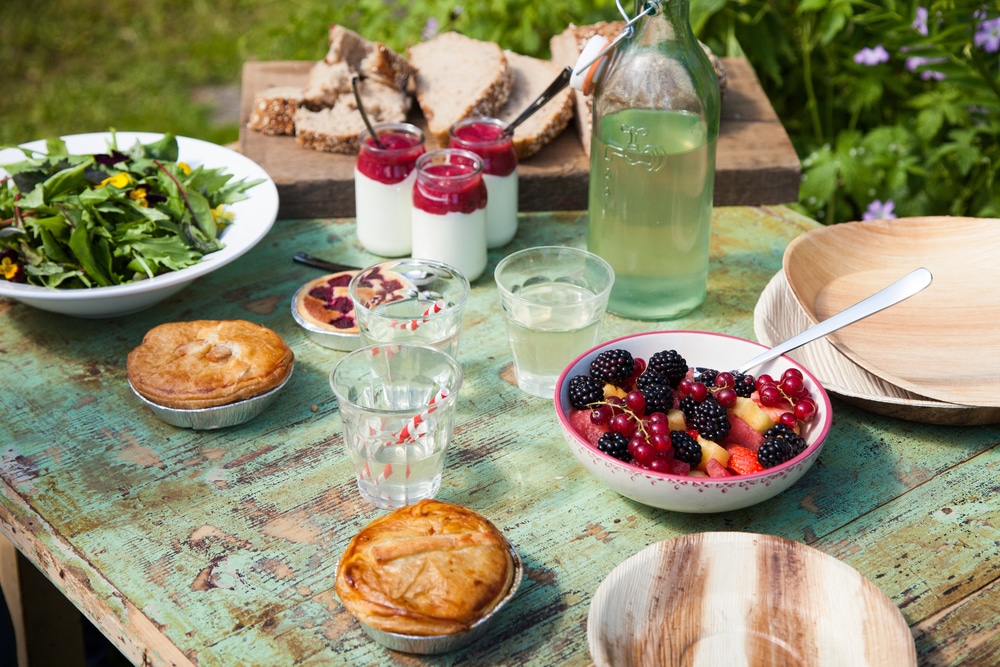I was sitting with a friend over Sunday brunch and he suddenly exclaimed with pride that he was participating in the farm to table movement by ordering fresh vegetables weekly that were delivered to his door. I looked at him and smiled; I’ve participated in farm to table since childhood. Grandma would look at me and say, “Girl, go out and gather a mess of greens for dinner.” Dinner was the noon meal and the big meal of the day. But Southerners were looked down on for so long because of their farm to table mentality and because they did not purchase vegetables under the artificial lighting of a supermarket. Now, with a trick of a phrase, “farm-to-table” is trendy.
For a long time Southern food was labeled as poverty food. Southerners post-Civil War knew how to forage and grow our own vegetables and raise our own meat. There was always a garden that produced seasonal vegetables. But probably one of the greatest sources were the woods in which could be found blackberries, strawberries, and, in the winter, persimmons rich in vitamin C. Those in the know could also steep pine needle tea for colds that not only yielded vitamin C but could be steamed to produce menthol vapor for treating congestion. The pine tree also gave turpentine and rosin for the perfect baked potato. You have not lived until you have a rosin-baked Russet or sweet potato.

Southern poverty food also included your home-butchered meat. I was raised on organic meat products since the day I was born. My maternal grandfather was a hog farmer. He would often say how everything from “the rooter to the tooter” could be used from the hog. It was our duty to honor the animal by using every part possible after carefully raising a hog from a piglet. Hog killing season was looked forward to after the first hard frost that would tamp down the bugs, especially flies. The neighborhood farms would gather and butcher the meat they needed to get through the coming year. In fact, if there is one dish I cook that’s a specialty it’s chittlins — or as upper-crust southerners say, “chitterlings.” It still amazes me how many friends beg me to cook them, saying “I haven’t had them since my Grandmother passed.” I then have to gently explain that some dishes are done because you love somebody. So far I haven’t found anyone I love enough to clean and cook chittlins and then carry them to their house for them to eat.
“Southern poverty food” is a term that made black and white Southerners ashamed of their cornbread and greens, fried okra, boiled purple hull peas with okra, sweet potato pie, BBQs and low-country boils. Foods that you didn’t need a fork to eat because your fingers would do just as well with a bit of cornbread fried or baked. As the Southerner became more educated and ventured away from home, our food and accents were suddenly considered a liability. Then we had restaurants pop up calling themselves Po’ Folks or Cracker Barrel, casually associating themselves with important small home town restaurants that had sat on corners or back streets for generations.
The fast-food version of Southern food is rarely authentic. The new version of cornbread has copious amounts of sugar added to the batter and is served slathered with butter. Our Saturday ritual of fish and grits has become garlic shrimp on a bed of creamed grits. Collard greens have pushed aside mustards, turnips and creasy greens since they are easier to wash, cut up, and serve.
But secretly we’ll remember our grandparents and how good a mess of cooked greens tasted with cornbread on a plate balanced in your lap and eaten with just your fingers. We Southerners call this sopping. Sopping is a tried-and-true tradition that children learned from their grandparents. As of yet, I haven’t heard of a trendy translation for sopping.
![]()
